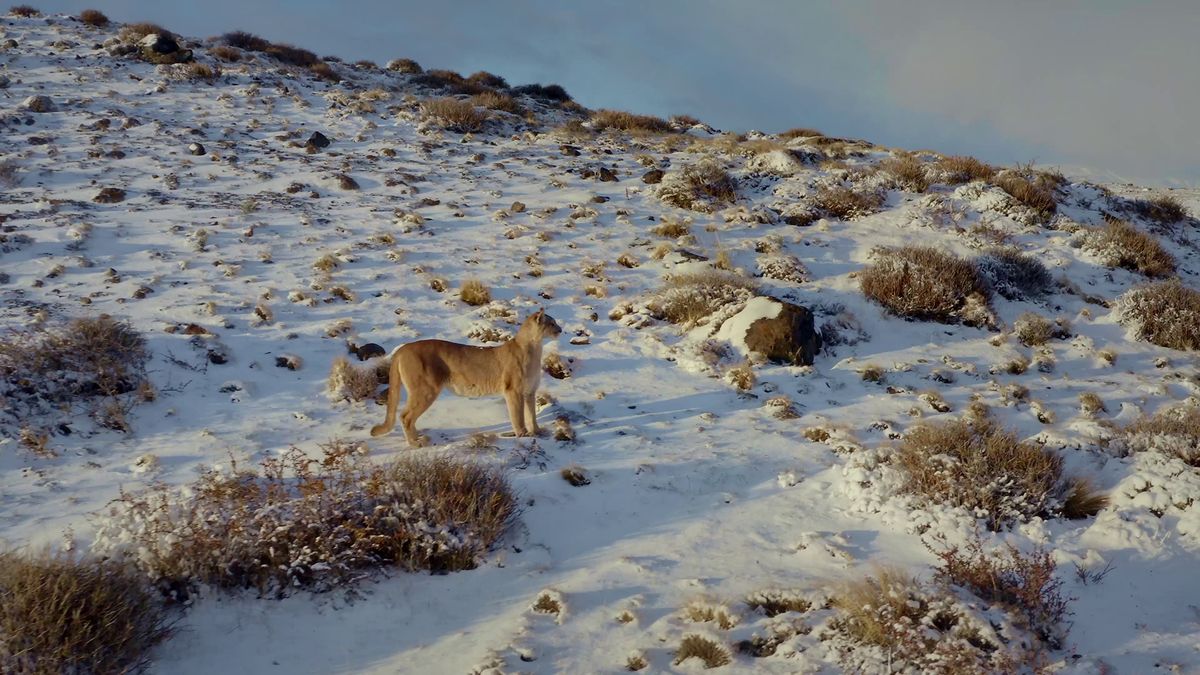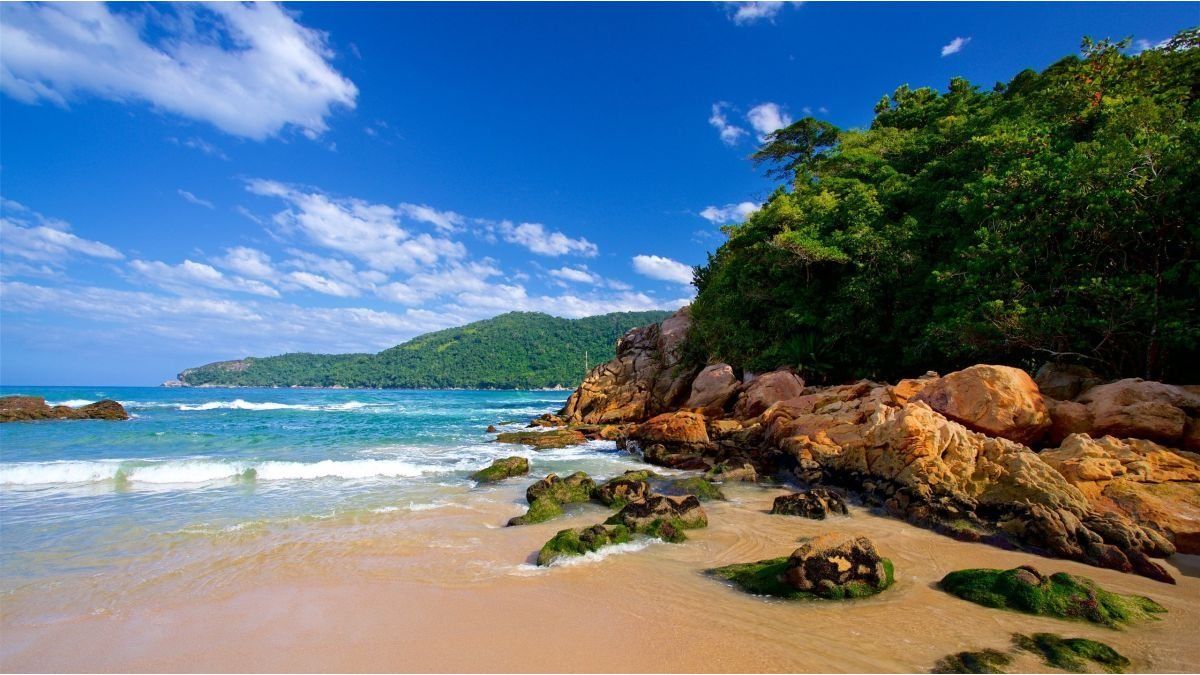The documentary series “Pumas de la Estepa” made by Jumara Films, an Argentine production company that has been actively working for conservation for more than 15 years, addresses the conflict between large predators and ranchers, which has reached a critical limit where the natural ecosystems are dying.
It is a story that takes place in three National Parks where the puma has lived for centuries, and where the tension between the predators and their neighbors -the large sheep farmers and the small producers from indigenous peoples- grows non-stop. Some fear him, others hate him. In the episodes it is raised whether it is a cultural hatred or a survival hatred. The tension increases and decisions have to be made.
For more than five years, ecologist Emiliano Donadio, Scientific Director of the Rewilding Argentina Foundation and National Geographic explorer, has been working on the most ambitious project implemented in South America to understand the ecology of a top predator like the puma and generate mechanisms of coexistence in shared landscapes. Together with his team, they venture through the challenging Patagonian canyons and plateaus in search of the animals: they place cameras throughout the area to detect where they are, they set traps and capture pumas, guanacos and rheas in order to place collars that allow them to observe their movements and displacements. “We rule the world and we are responsible for the world. So, since it’s a matter of responsibility, we should consider that if we broke it, we fix it. That, if we destroy it, we rebuild it. And if all this happened because we disconnected from the natural world, then we have to work hard to reconnect.” reflects Donadio, protagonist of the series.
Together with Dr. Emiliano Donadio, they participate in the documentary contributing their knowledge and experiences, the Dr. Andres NovaroDirector of Terrestrial Conservation at WCS Argentina and CONICET Researcher, who has been leading conservation and research projects in the Patagonian and Andean steppe since 1999. “I look to the future with cautious optimism. 35 years ago all you did was kill predators. And nowadays other methods and tools are being used. Obviously, two or three decades from now, the situation in Patagonia will be an important challenge, because there will be more aridity, more extreme weather events, so we will have to speed up the implementation speed of these tools.” Novaro tells us. Also the award-winning wildlife biologist, jim williams, who has been working on various issues related to the conservation of pumas and other wildlife. “The truth is that conservation is lasting, if it is local and rural. If not, it only comes from a research agency or from an urban area and the locals won’t tolerate it. And I mean a protected area. But outside the protected area, in the rest of the landscape, which is the majority, it will depend on the people if these species persist or not.adds Williams.
The producer in charge of the documentary is Juan María Raggio, who has been involved in conservation projects since he was very young and is currently the president of Aves Argentinas/Birdlife International, one of the most important environmental NGOs on the continent. The direction of “Pumas de la Estepa” was in the hands of Mariano Fernández, who has more than twenty years in the production of feature films and series, concentrating his activity in recent years on nature and conservation documentaries.
The next few days the series will be broadcast exclusively for all of Latin America by National Geographic Channel, and will be available on demand platforms (Direct TV / Flow).
Upcoming Emissions
SATURDAY JUNE 17
Cougars of the Steppe / Episode #1 – predators. Cougars are top predators, they are some of nature’s most versatile and efficient hunters. Their diet is very varied and includes everything from large animals such as guanacos to small ones such as penguins. But they also prey on livestock, mainly sheep and goats. That puts them up against their worst threat.
Cougars of the Steppe / Episode #2 – Prey- So that the pumas do not prey on cattle, the conditions must be given to obtain prey to eat. For this reason, producers should tolerate not only the puma, but also the prey it consumes, such as guanacos and rheas. The challenge is double.
SATURDAY JUNE 24
Pumas of the Steppe / Episode #3 – Territories- Cougars have one of the largest home ranges in the world, from Alaska to southern Patagonia. The conservation status of the species is very varied throughout the continent, being almost extinct in half of the US territory and with growing populations in Patagonia. But the threats remain latent.
Cougars of the Steppe / Episode #4 – Coexistence- Coexistence between large predators and humans is possible, it is only necessary to change some production habits and add new tools. Can we achieve a more peaceful coexistence?
ISSUE TIMES:
- 22.50 GUATEMALA / CENTRAL AMERICA AND THE CARIBBEAN / PARAGUAY
- 23.50 MEX/ARG/URU/BRA/COL/PERU/PANAMA/ECUADOR
- 00.50 CHILE/VENEZUELA/BOLIVIA
- 01.50 DIRECT TV ARGENTINA
Source: Ambito
I am an author and journalist who has worked in the entertainment industry for over a decade. I currently work as a news editor at a major news website, and my focus is on covering the latest trends in entertainment. I also write occasional pieces for other outlets, and have authored two books about the entertainment industry.




